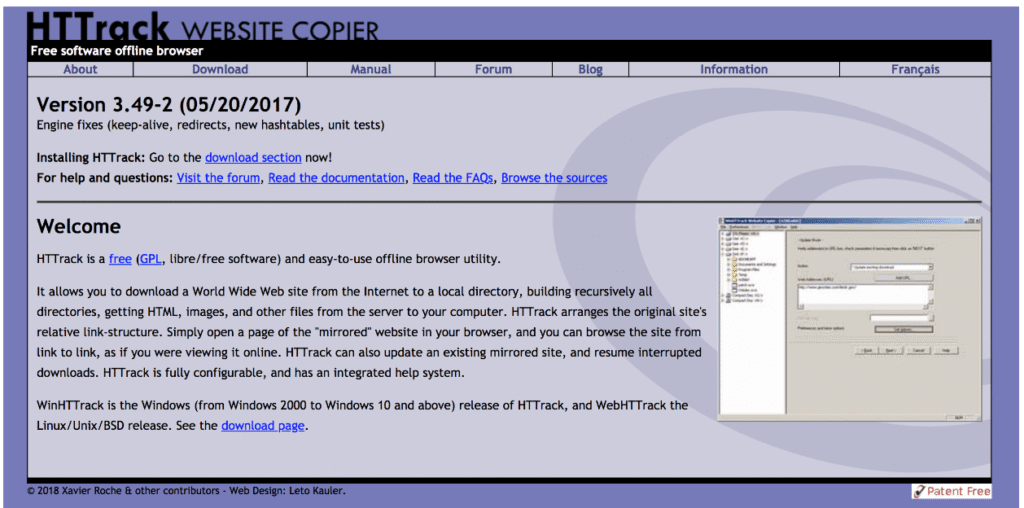You already know that you need to pay careful consideration to how you price your products. With hundreds of ecommerce stores being launched every single day, it’s imperative you stay on top and set competitive prices against your competition.
But how do you know what prices they’re charging?
What if you have 250 competitors? Are you supposed to go to each retailer one at a time and document their prices?
Of course not, that would be far too time-consuming and take away from the other important work you need to do.
The solution is ecommerce price scraping.
Let’s look at what price scraping is, what tools you need to do it, as well as some considerations for potential challenges you might encounter.
Let’s go.

What is price scraping?
Price scraping is the extraction of price information using a bot or a web crawler.
The bots search, find, and copy data from a website, which will be analyzed later.
However, scraping gets more and more difficult each day since many websites use tools to prevent it. These tools often mistake a real person with a bot. Even Google’s bot detectors do not work with 100% accuracy.
Subscription-based services like online newspapers or research databases suffer from scrapers that reach the content without subscribing. But not all scraping services are malignant.
In fact, in a growingly digitalized world, many businesses can benefit largely from the scraped data. The best example, ecommerce.
How to extract your competitors’ prices
The first step to scraping your competitors’ prices is to find out who your competitors are in the first place.
If you’re selling budget t-shirts, then a designer t-shirt brand probably isn’t your closest competitor.
So think about the industry and define the businesses that have similar offerings to yours.
Once you’ve researched all these stores, it’s time to start collecting the data.
If you want to give price scraping a go, first know that you’ll need to have someone in your team who is technical or you’ll need to enlist the help of a technical person, perhaps a freelancer.
This technical person should be comfortable working with bots that they can train to scrape the data from your competitors.

Once you have access to your data, you’re able to adjust your prices in accordance with what they’re charging to make sure you always have a competitive advantage over your competition.
You could instruct a bot to crawl the prices just once and keep all the data in a spreadsheet.
However, the issue with this is it doesn’t account for price changes.
For example, if you increase your prices in December to match your competitors, and suddenly you realize that in January, your sales fall, how do you know that they haven’t lowered their cost and, as a result, are taking over the market?
You don’t know because your price data is static from a one-time crawl.
What you need to do is automate this process. Let’s learn how.
Tools for web scraping
There are a number of tools, but most often, HTTrack or Scrapy can help you scrape websites in your target list.

Note that these tools generally require you to download their software before you start scraping.

Alternatively, if you don’t have access to bots, or are unable to use scraping tools, you could use a third-party SaaS solution like Prisync.
The benefit of using an out-of-the-box solution is that it automatically tracks your competitors’ prices once you’ve determined which competitors you want to track.
All you need to do is enter your competitor list with the product prices you want to track and let the software do the rest of the work.
What’s more, it stops you from becoming perplexed by all the data.
Imagine you store all your data in a spreadsheet. To properly understand all the different visible prices, you’ll need to analyze the data you have and compare it to previous days, months, or years.
To begin with, you’ll need to think carefully about the exact data you want to scrape. If you have 500 competitors, scraping everything on their website could cause difficulties in analyzing further down the line.
Second, once you have the data, you need to format it. You’ll find it difficult to analyze if it’s confusing to understand exactly what the data is saying.
As you can imagine, this would take some time and that time could be better spent working on other areas of growing your ecommerce business.
Wrapping up price scraping
Ecommerce scraping can be a beneficial way for you to gain insight into how your competitors are marketing their products through price. You’ll be able to see when they offer significant discounts, when they increase their prices, and patterns in their marketing strategy.
Price scraping helps you acquire data about your competitors in order to make well-informed decisions as to where to take your ecommerce store next.
However, if you decide to track your competitors’ pricing, Don’t get too bogged down by it.
Instead, use their prices as a guideline and focus on building a long-term pricing strategy, knowing that your decisions are backed by real data.
